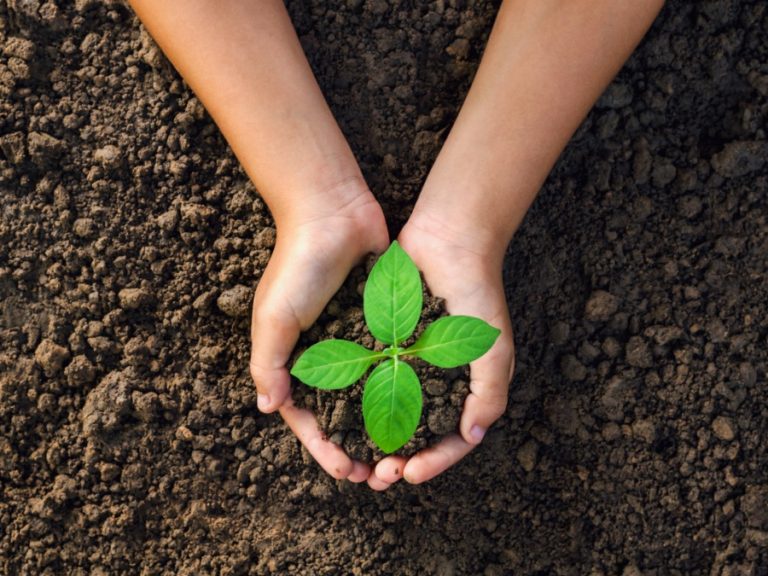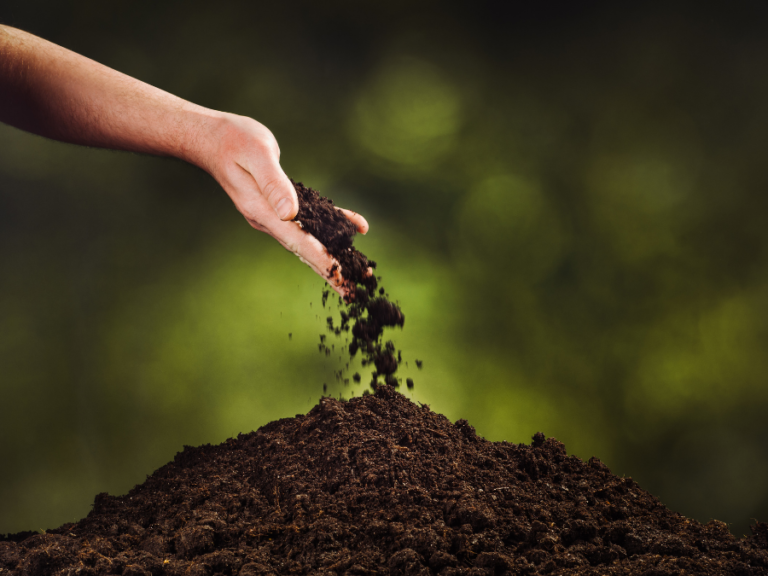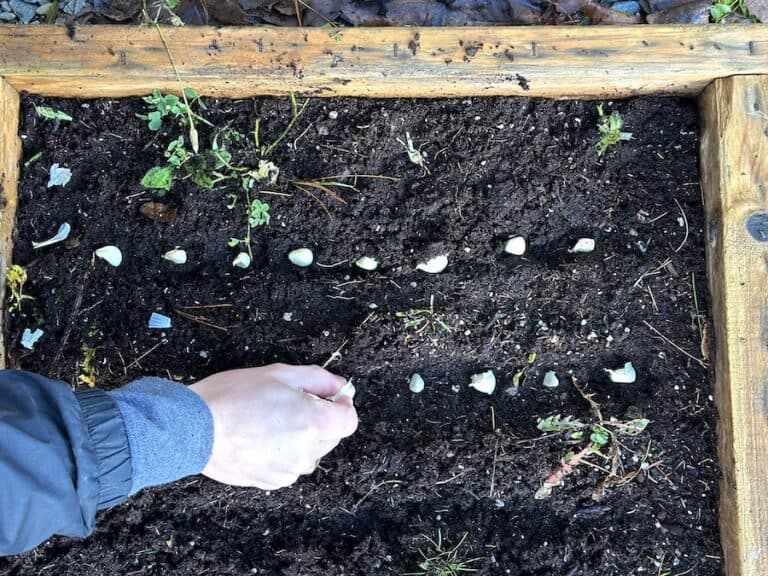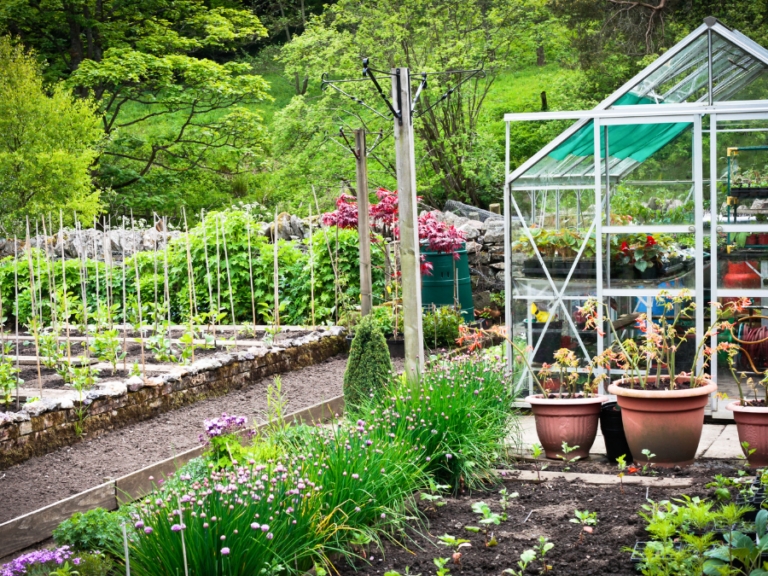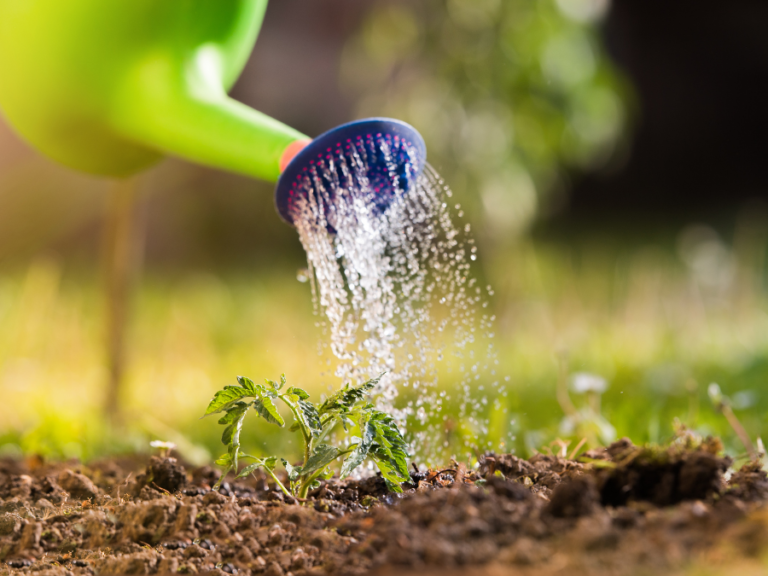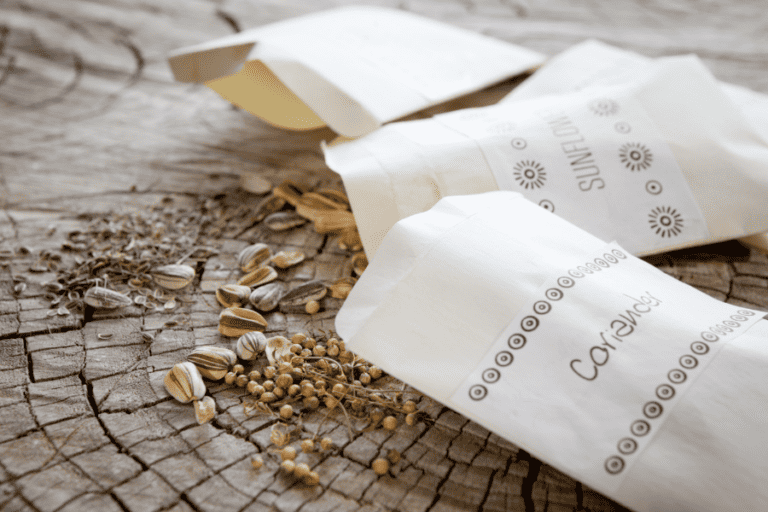Do Vegetable Plants Need Direct Sunlight?

Sunlight is one of the most important factors in growing healthy, productive vegetable plants. But how much sunlight do they actually need, and does it have to be direct? Whether you’re growing tomatoes, leafy greens, or root vegetables, understanding their light requirements can make or break your harvest. In this article, we’ll explore why sunlight matters, how different vegetables thrive under varying light conditions, and how to optimize your garden’s exposure to the sun. If you’re unsure whether your plants are getting enough light, this guide will shed some light—literally—on the subject!
To learn more about soil types and watering frequency, check out our articles:
• The Best Soil Type For A Vegetable Garden & Where To Buy
• Should You Water Vegetable Plants Every Day?
Disclaimer: This article includes affiliate links. If you click one of them, we may receive a small percentage of the sale at no extra cost to you. Thank you for your support!
Why Is Sunlight Important To Grow Plants
Sunlight plays an essential role in plant growth as plants absorb sunlight and convert it into chemical energy. Plants require a combination of sunlight, carbon dioxide and water to produce sugar, producing energy and oxygen. This process is called photosynthesis. Whether direct or indirect, sunlight is required for plants to grow, thrive and reproduce.
Do Vegetable Plants Need Direct Sunlight?
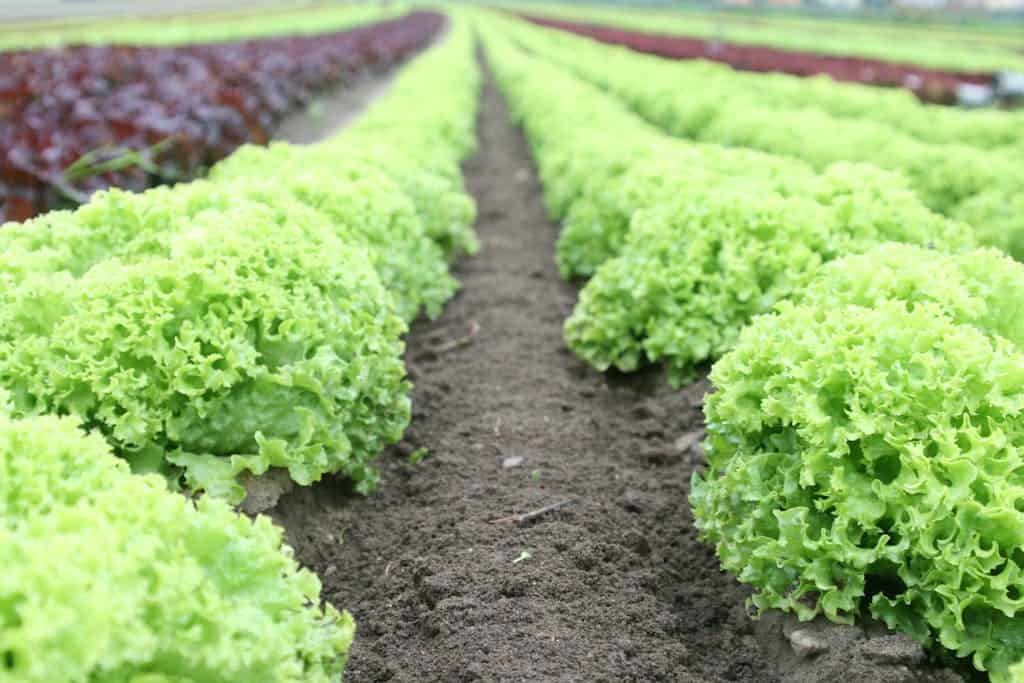
While sunlight is needed for the growth of every vegetable, not all plants need direct sunlight. Whether you own a greenhouse or an indoor or outdoor garden, it’s important to keep an eye out for the amount of sunlight your vegetables are receiving. Too little or too much sunlight can cause problems in the growth of your crops.
Sunlight can alter the chemicals within a vegetable, changing its appearance and taste. Plants receiving too much sunlight can cook the plant, causing them to burn and die off. In contrast, too little sunlight can deprive your plants of vital nutrients. Knowing the amount of sunlight your plants need can be extremely beneficial to their longevity and yield. Sunlight is an important part of a vegetable’s life, and you will want to give it just the right amount.
What Kind of Sunlight Do My Vegetables Need?
If you aim to grow crops year-round, having background knowledge of your crops is the key. Different vegetables require different levels of care. The necessary level of sunlight varies from one crop to another. You may have heard some gardeners throw around words such as “full sun” or “full shade.” These are terms that gardeners use to describe vegetables and how much sunlight they require.
Not all vegetable plants need direct sunlight. It highly depends on what kind of vegetable it is. Tropical vegetables prefer warmer places, so they are fitter to be under the sun for longer periods of time. On the other hand, leafy greens and cool-season vegetables like being in the shade more than they do under the sun. Therefore, the partial sun is better suited.
We have broken down the four types of sunlight for plants.
Full Sun
Full-sun crops require the most amount of sunlight in a day. Therefore, you can expect anywhere from 6-8 hours of unfiltered, direct sunlight will be needed every day.
These crops thrive in sunny, tropical areas, and they prefer not to be shaded by any tree, bush, or building. Examples of full-sun vegetables are tomatoes, eggplants, cucumbers, pumpkins, onions, garlic, and leeks.
Partial Sun
Partial-sun crops need a little less sun than full-sun ones. Around 3-6 hours of direct sun per day is recommended for these vegetable plants.
They are best placed in the shade during the morning and thrive off of the afternoon sun. Great partial sun crops include summer squash and root crops such as potatoes, turnips, beets, carrots and parsnips.
Partial Shade
Partial-shade crops thrive with more shade and less sunlight. They need only around 2-4 hours of sunlight and are best kept in moderately shaded areas.
Partial-shade vegetables still need some form of sunlight, but they can tolerate being in a shady environment. Examples of partial shade vegetables include leafy greens such as lettuce, kale, arugula and cool-season crops like brussels sprouts, cauliflower, and cabbages.
Full Shade
Full-shade crops are crops that only require 0-3 hours of sunlight per day. There are very few plants that can survive with little to no sunlight. Even partial-shade crops require a bit of sun.
Full-shade plants are more often ornamental or indoor plants. However, some Asian greens, such as bok choi, tatsoi and komatsuna, can survive with as little as 2 hours of sunlight a day.
How Do I Give My Plants Adequate Sunlight?
Strategically placing your plants in your garden can give them a better chance of obtaining the required amount of sunlight. The same is true when planning and designing your greenhouse. Diligently think of what plants can and cannot survive in your area. Next, ask yourself if your climate and location are conducive to growing healthy plants. Once you have thoroughly planned your garden and greenhouse, you can start planting.
If you live in a tropical region that experiences a lot of heat and full sun, vegetables are the way to go. They can survive in sunny weather and adjust to the warm climate.
If you have a greenhouse, you have more options on what kind of plants you want to grow. You can grow anything from full sun to partial shade inside your greenhouse year-round. A greenhouse can help create the perfect environment that a plant needs to grow, even if the outside climate is less than ideal.
Finally, if you lack the space to have an outdoor garden or a greenhouse, you can build an indoor garden. Indoor gardens are gaining popularity as more people live in small apartments and homes without much outdoor space. To grow a healthy indoor vegetable garden, you can try giving your plants adequate sunlight by using artificial grow lights or using an AeroGarden. These lights are used to simulate sunlight. There are plenty of grow lights on the market that range from fluorescent to LED. LED lights tend to be more expensive than fluorescent as they last longer, are more durable and use less energy. However, if you are new to indoor gardening and want to experiment if it is right for you, starting with a more affordable fluorescent grow would be a great idea.

